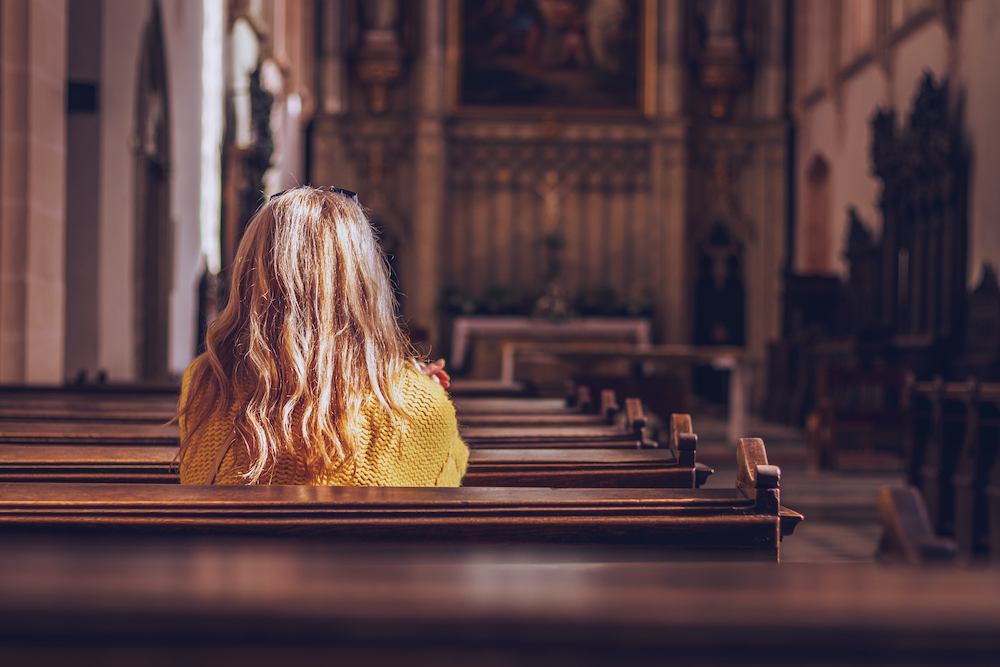
Image via Shutterstock by Encierro
The Freedom From Religion Foundation is cheering a report from Gallup that formal church membership among Americans has dropped below 50 percent for the first time in Gallup’s 80-year history of asking the question.
“Americans are waking up,” says FFRF Co-President Dan Barker, a former evangelical preacher and author of several books on “losing faith in faith” and leaving religion behind.
Gallup noted that this is likely not an anomaly caused by the pandemic and quarantine, but part of a long-term trend. “U.S. church membership was 73 percent when Gallup first measured it in 1937 and remained near 70 percent for the next six decades, before beginning a steady decline around the turn of the 21st century.”
The “decline in church membership is primarily a function of the increasing number of Americans who express no religious preference,” explains Gallup. In 1999, 70 percent of Americans belonged to a church, so the drop to 47 percent in 2020 is a massive loss of one-third.
Perhaps the most important finding was that church membership declined in every single demographic Gallup measured: age, gender, marital status, education level, geographical region and race. For instance, the number of non-Hispanic white adults who belong to a church dropped 16 points (from 68 to 52) in the last two decades, while non-Hispanic Black adults dropped 19 points (from 78-59) over that time.
FFRF notes two caveats that make the findings even more exciting. First, this is self-reported church membership. Demographers and sociologists have long known that survey respondents overreport their church attendance. Actual church attendance is about one-quarter to one-half what is self-reported.
The Gallup datapoint is slightly different, seeking to determine formal membership with specific houses of worship, but is still likely overreported for similar reasons.
Second, America appears to be returning to its irreligious roots. At the time of our nation’s founding, most Americans — the vast majority — were unchurched. This fact cuts against the popular and misguided Christian nationalist narrative that our Christian nation was founded for and by Christians. According to U.S. historians and religion scholars, Isaac Kramnick and R. Laurence Moore, “The highest estimates for the late eighteenth century make only about 10-15 percent of the population church members.”
FFRF has long sought to educate the public about freethought (using reason to judge religious claims) and to provide a community and soft landing for people leaving religion. “It’s working,” notes FFRF Co-President Annie Laurie Gaylor.

